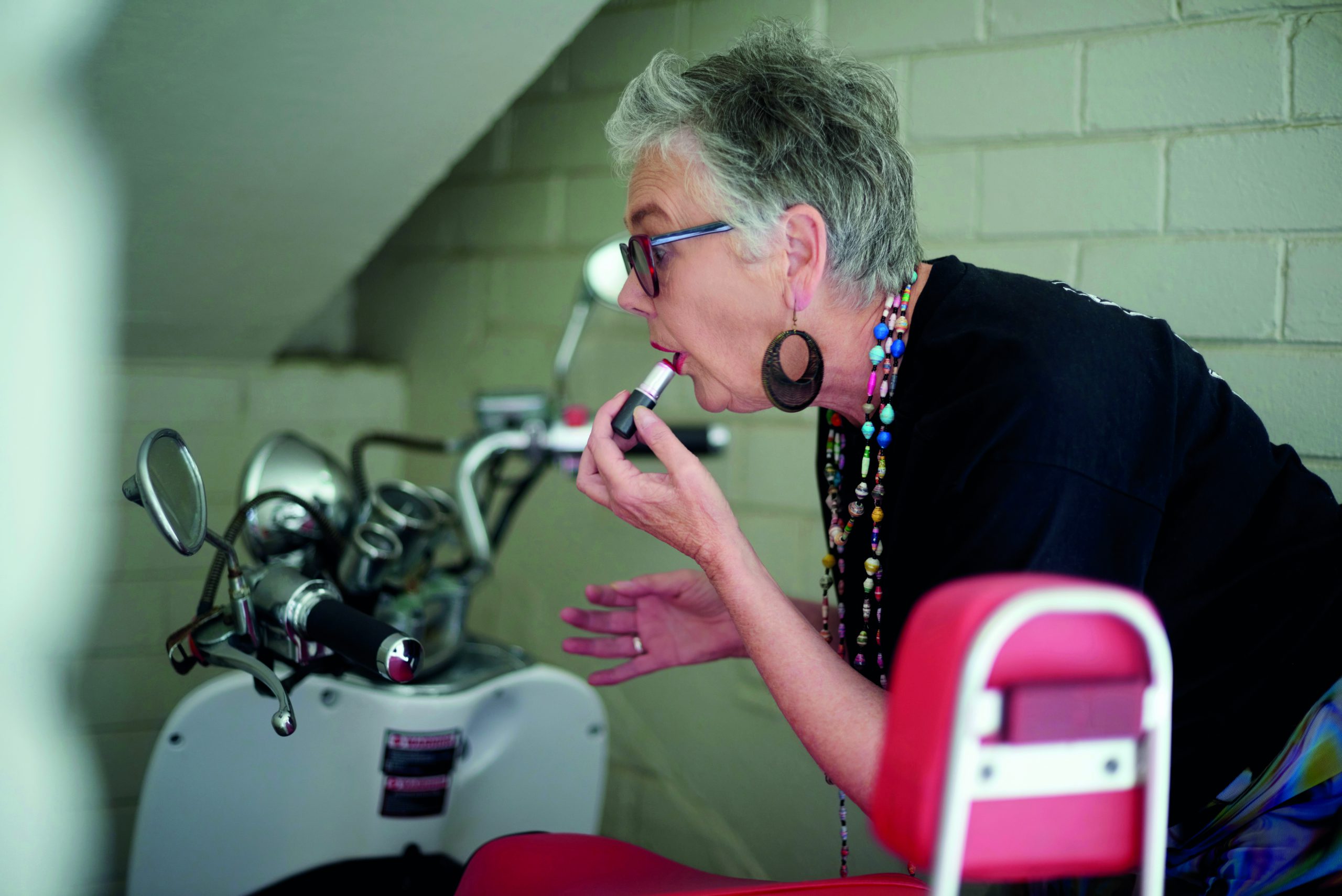Reflecting on the benefits of safety mirrors
 Visibility is a key factor in the prevention of accidents. Research finds that the use of safety mirrors reduces blind spots and increases the field of vision and ability to take evasive action.
Visibility is a key factor in the prevention of accidents. Research finds that the use of safety mirrors reduces blind spots and increases the field of vision and ability to take evasive action.
The importance of safety mirrors in the workplace
Many workplaces, such as warehouses and construction sites, feature a mix of people and vehicles in the same space. These scenarios are accidents waiting to happen if potential risks are not managed.
The HSE reported a case where a forklift ran over an employee while handling plants and helping with offloads. It seems that the forklift driver didn’t see the person when on their way to a new location.
The injuries were extensive, and the employee’s spleen had to be removed. As the company didn’t have measures in place to control on-site vehicle movements, the court fined it approximately £23,000. This included £5,000 that had to be paid by the company’s director.
Since the start of this millennium, the HSE has logged more than 3,500 incidents of workers suffering injuries in the quarrying industry alone. Of these, 31 were fatal.
Workplace accidents involving workers and industry vehicles lead to injuries and fatalities. They also impact a company’s pocket with possible legal actions, hiked insurance rates and loss of productivity. Collisions also include people-to-people and vehicle-to-vehicle incidents and can have equally dire consequences.
Carefully assess all the blind spots in your environment to identify potential dangers and install safety mirrors where visibility needs improving. This should form part of your health and safety risk assessments and planning.
Industrial mirrors give workers on foot and in vehicles a bird’s eye view of their surroundings. As an employer, it’s your duty under UK law.
Safety mirrors and the law
The Health and Safety at Work etc Act 1974 (HSWA) describes the actions that companies must take to promote occupational health and safety. This legislation sets out the duties of:
- Employers in terms of their employees and members of the public.
- Employees in terms of themselves, co-workers and members of the public.
According to this law, you, as an employer, must consider all risks in a workplace and put measures in place to deal with these hazards. Industrial mirrors are one way to boost safety in and around the workplace.
Your work environment and the movements in and around it determine the types of safety mirrors you need. Also, keep the conditions of your setting in mind when choosing your industrial mirrors – some places are more demanding than others and require rugged solutions that last.
Different materials for different environments
Constructed from different materials, some safety mirrors can only be used indoors, while others are multipurpose and are also suitable for outdoor use. Your choice depends on the demands of your environment and is something that you can include in your health and safety planning as an implementation guide.
Stainless steel safety mirrors are ideal for challenging settings such as shipyards. They withstand corrosion and impacts, so they last long without losing their ‘shine’. Heavy loads can, however, dent them.
Acrylic products are a lightweight alternative that are easy to handle. Although they resist impacts and abrasions, they’re not shatterproof and present an added safety risk when broken.
Glass industrial mirrors provide crystal-clear visibility and don’t scratch. However, this material easily shatters, so it’s best to use them indoors and mount them out of harm’s way.
Types of safety mirrors
Before choosing a safety mirror, it’s important to understand the different types you get and how they work. Safety mirrors feature different shapes and curves, each helping you see around corners in its own way.
Convex mirrors are slightly rounded for an angled view. They’re ideal for visibility on risky corners and can even be fitted to vehicles and machinery.
Take our forklift truck mirror, for example. It gives drivers a 180° panoramic view to reduce blind spots, so they see an obstacle or person at a glance. You can fit the versatile item at the front or back of your vehicle.
A convex safety mirror is also a reliable option for access roads, car parks and warehouses as you can mount it at a customised angle for specific locations. Seton’s three-directional convex traffic mirror, for instance, covers a large area to reduce the number of industrial mirrors needed. It’s:
- Versatile and can be used in car parks, loading zones and inside distribution centres.
- Fully adjustable, so you can choose the best viewing angle.
- Unbreakable, so vandals, adverse weather conditions and collisions are no match for it.
Dome mirrors feature the same benefits as convex ones and come in different sizes. The quarter and half-dome versions are often used in limited spaces such as tight corners.
Similarly, the 180° dome mirrors, as the name suggests, give you a 180° view. Our 180° safety mirror offers a 10-metre viewing distance, so you can spot vehicles and pedestrians in time.
Traffic mirrors are specifically designed for the entries and exits to locations, such as warehouses, where large trucks are constantly coming in and going out. Our robust polycarbonate traffic mirror features universally recognised, eye-catching red and white markings.
If you’re in the market for a robust all-rounder, look no further than Seton’s heavy-duty round traffic mirror. It helps you eliminate accidents, increase security and control traffic.
Don’t be blind to safety risks. Visit us today for all your safety mirror needs.
